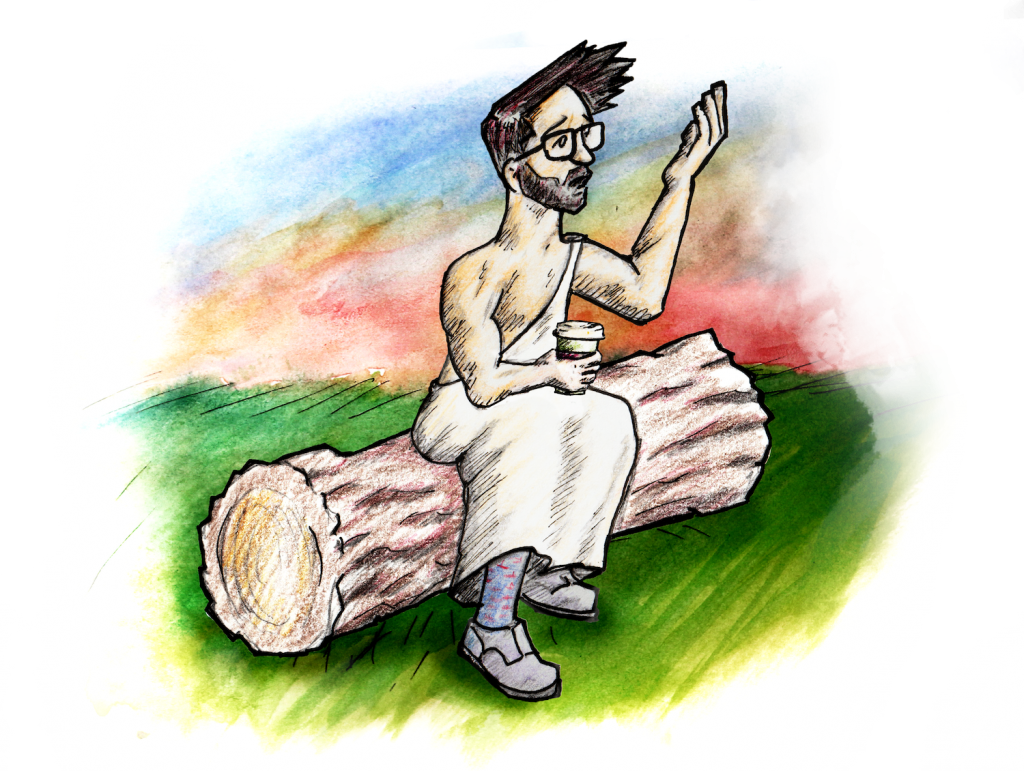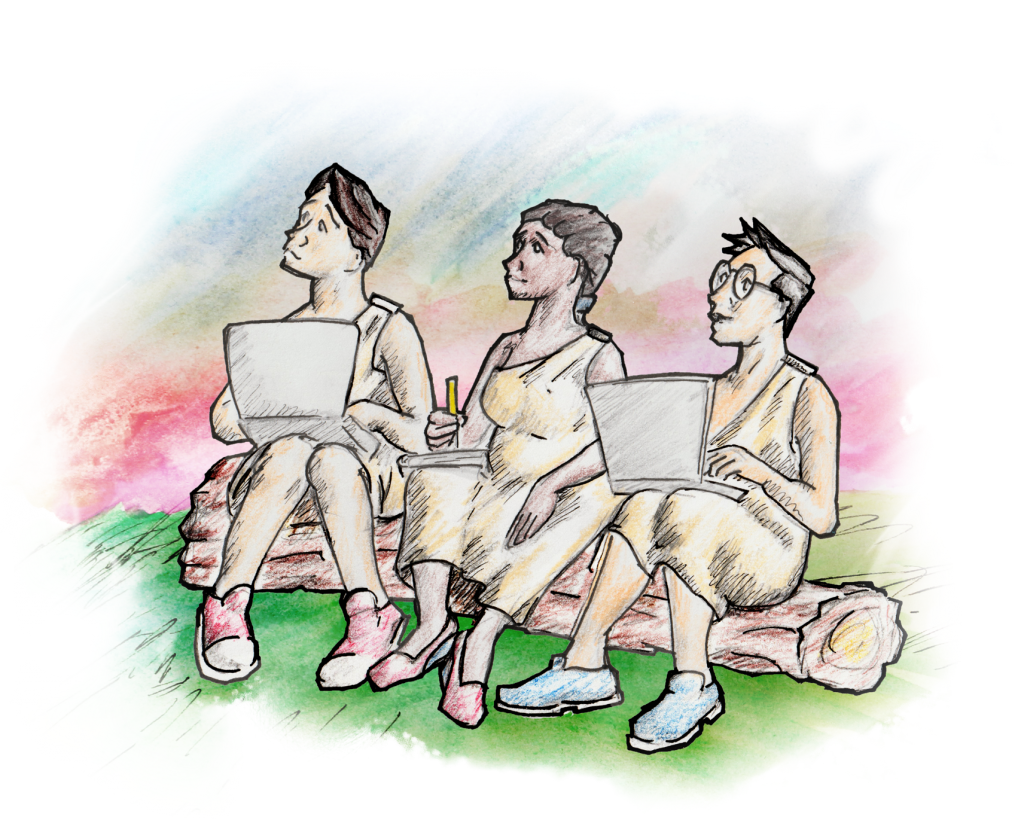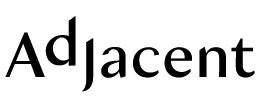Issue 6: Old / New / Next
Object Lessons
One of the great curiosities of higher education is not how much digital technology has transformed separate lives of professors and students, but how little it has transformed our shared life in the classroom. Faculty use digital tools in our own work; we read colleagues’ papers and watch their talks online, discuss them in email and texts. The internet has become the substrate for almost every academic conversation that takes place outside a conference room. Students’ lives have also been transformed by making Google and Wikipedia the first research sites for so much of their work. Facebook and WeChat has replaced the study group, etc. (I know an NYU student who passed calculus despite never going to class, by enrolling in the Khan Academy and getting help from his peers on WeChat.)
“Students of technology are never faced with people on the one hand and things on the other, they are faced with programs of action, sections of which are endowed to parts of humans, while other sections are entrusted to parts of nonhumans.”
— Bruno Latour, “Where Are The Missing Masses? The Sociology of a Few Mundane Artifacts”
However, the conversation between faculty and students, and those that our institutions exist to support, reveal that digital tools have been little more than a facelift. Projected slides replace the chalkboard and whiteboard; the syllabus is downloaded rather than handed out; papers are uploaded rather than handed in; a video is assigned in place of an essay. Methods of pedagogy have many sources, but one of them may very well be the persistent underestimation of the importance of objects for communicating faculty intention, as well as creating student experiences.
Sixth grade. End of the year party in the classroom. Barbara Remkus, our beloved teacher, sat in the middle of a circle of kids. In my memory, this was a Friday, because of what happened next. But it was forty years ago. So anyway, we were sitting at our desks with our little paper plates of popcorn, when Greg Brock threw a piece of popcorn. One little white spot, lightly sailing through the air, followed by two dozen 12-year-olds collectively inhaling, because maybe we were about to get in trouble.
Instead, Ms. Remkus smiled and said, “You can do it, if you clean it up.” And with her permission, the air exploded with popcorn. It looked like it was snowing in May, and we laughed ourselves sick. Then we got up from our desks, swept up the popcorn, threw it into the trash can, and went home. But that event was a vivid premonition of adulthood: sometimes you just get to do things, if you are willing to accept the consequences of your actions.
So, you may be wondering, what delivered that unscheduled and unscripted lesson? It wasn’t the popcorn, but it also wasn’t not the popcorn. Had Ms. Remkus tried to tell us in the abstract about actions and consequences, it would have had about the same impact as Polonius lecturing Laertes. Had we just made a mess, we would have gotten in trouble, that unspecified, but clearly dismal, outcome that keeps 12-year-olds in line. The lesson I learned that day, like so many moments that come with learning, was achieved by a hybrid of people and objects, by Ms. Remkus and by us. But also by the popcorn and the trash can.
Accounts of teaching and learning often leave out the objects. Some of this is because teachers often have a Romantic (and flattering) conception of the work we do as individualized idealism. The professor stands on one end of a log and the student on the other. But what could anyone teach, there on that log? Not math–there’s no chalkboard. Not art history, no pictures. Not poetry, no texts. Not biology, except, perhaps, the biology of logs.

For all the appeal of Socratic dialogue, there are only a few courses of study that can be considered as pure conversation. And those courses couldn’t comprise a whole college. Educational environments are full of nouns, things designed to aid in instruction or transmission of ideas. Some of these things are abstract and some are concrete: graphs, protractors, equations, erasers, diagrams, test tubes, problem sets, sheet music.
In college, the back and forth between teacher and student is almost always mediated, using objects to help the teacher teach and the learner learn. Sometimes an object helps move an idea from the teacher to the students, as with projected notes. Sometimes an object helps the student enact the lesson, as with test tubes or sheet music. And sometimes an object goes from student to teacher — a paper in history, a problem set in physics, a blueprint in architecture. Bruno Latour, the sociologist who studied how scientific knowledge is produced in circulation, called these kinds of objects ‘mediators’. They don’t carry information in some neutral fashion; they do different work as they move from one context to the next. In Latour’s telling, these mediating objects aren’t passive vessels, they are themselves actors, embedded in a network of interaction.
Take the syllabus as an example. A syllabus works as a timeline of the material to be covered and a checklist of assignments. It’s a tool for assessing progress. The professor writes it out as a guide and the student understands it as a mix of contract and to-do list. And, of course, department chairs and administrators use syllabi to create course catalogs and evaluate curriculum. (Most mediators circulate in multiple networks.) The syllabus is so central to mediating between faculty and student, that when it fails, it’s so frustrating that it appears as the black humor shared between both groups.
The syllabus shapes feedback loops over an entire semester — readings to be completed and discussed, experiments to be run and documented, papers to be researched and then written. The professor gives an assignment, the student tackles it, then sends it back for assessment. The professor then sends it back to the student, annotated with comments and a grade. Between these formal checkpoints, there might be guidance from the professor or queries from the student, and so on.
Herbert Simon, the great educational psychologist, observed that “Learning results from what the student does and thinks and only from what the student does and thinks. The teacher can advance learning only by influencing what the student does to learn.” As any teacher paying attention can attest, just because we have taught it, does not mean they have learned it. Even lectures, the most common method of disseminating new ideas, have to reach students who are paying a particular kind of attention (involving deep listening), in order for any lecture to influence their thinking.
To acknowledge the spirit of Herbert Simon’s ideology, a syllabus is a list of experiences designed to influence what the student does and thinks. A simple diagram of the influences described in a single syllabus would cover a wall with red string, and that diagram would show students spending more time interacting with a course’s tangible and intangible mediating objects, than interacting with the teacher who offered those objects. And yet, digital tools, which are always hybrids of object and action, tend to get deployed in banal ways. Instead of creating new kinds of experiences for the student to think about, we faculty typically use them to do no more than replicate existing patterns.

Our long history of downplaying the importance of objects makes it hard for us to engage new possibilities. Collegiate faculty often just teach the way we were taught. We fear our work will be made less mysterious, and more repeatable, with the introduction of these tools. This fear is not new. Socrates argued against using writing as an instructional tool, on the grounds that it can’t engage in dialogue. And centuries after the arrival of movable type in Europe, university faculties were still arguing over how to integrate printed books into the curriculum. As always, prestige looms large. Anything that makes the mediating objects more engaging threatens to make us less so by comparison.
The biggest problem, though, is that both faculty and institutions tend to think too big. Don’t we want the new tools for teaching to work for everyone? For all students in all classes for all subjects on all days? The idea that we should deploy some universal creation called ‘technology’ tends us towards generic tools — “smart” whiteboards and general-purpose “learning management systems”. But not anything specitfic enough to be perfect for one exercise in one course on one subject.
This problem is happily abetted by the commercial firms known collectively as EdTech. The education in EdTech describes their clients, not their products, because education is not something that can be put in at the factory. EdTEch invites us to forget that the only way to know if a tool is working is to observe whether it works for our students. The contrary case is also true — a tool does not need to be labeled “educational” to help students do or think something new. Whenever we survey students about the tools they find useful, Google, Wikipedia, and YouTube usually top the list. The job, then, for faculty is to ignore the fact that a tool is made by an EdTech company, and ask, “Can this tool usefully influence what my students do or think?” If the answer is yes, it can go on the syllabus. It doesn’t matter who made the tool. If the answer is no, it shouldn’t go on the syllabus, no matter what revolutionary claims are made by the people selling it.
There is little relationship between the complexity or novelty of a digital tool and the validity of the experiences it can create. Many years ago, in response to a scheduling issue, I made the final papers due in the 12th week of a course, instead of the 14th. And since the papers were coming in electronically, I realized that on receiving any paper, a single email would have to be sent the entire class. The instant creation of an infinite number of perfect copies is the simplest, most baseline activity for digital materials. Yet it’s hardly used for student work. We still treat digital versions of student papers as if they were single copies. In my case, emailing was used to distribute all of the final papers as the assigned reading for the final two weeks of class. And during those classes, we went round-robin, with each student spending 20 minutes or so answering questions from the other students,all of whom had read the paper under discussion.
By assigning the final papers as readings to be discussed, I’d elevated the students’ own writing with the same standard we used to read and discuss published work. Their response was gratifying, and eye-opening. The students weren’t just more engaged as writers (though they were, noticeably.) They also entertained more daring ideas. The difficulty of critiquing student writing is that the professor is a poor substitute for an audience. I was nominally the person they were trying to impress. But, in fact, the students cared so much more about what their peers thought about their work. Their papers got better because they had a real, meaningful audience to write for– an audience that knew them, knew the subject, and asked questions. Students got better as readers, too, asking and answering more relevant questions about the material in class. Those final weeks of discussing each other’s ideas went from being a compromise of scheduling in one semester, to being part of every writing-heavy class I’ve taught since.

So, what delivered the student engagement with each others’ papers? It wasn’t the email attachments, but it also wasn’t not the email attachments. I could in theory have created that assignment if I’d made and distributed 15 physical copies of every paper that came in, and allowed an extra week to ensure that they were everybody’s hands. In practice, though, that would have required far too much effort, cost, and delay. Once I could make and deliver a copy to everyone, the assignment went from impractical to effortless. Any real work was in realizing that this simple move was a good idea. The most basic, 1980s-era digital tools — word processors and email — allowed me the freedom to try something that improved student writing more than anything else I’ve done in two decades of teaching. The popcorn isn’t the lesson, but sometimes the lesson won’t work without the popcorn.
There is one giant exception to the rule that most faculty make unimaginative use of digital tools: computer science and related fields. Those fields are responsible for most digital innovation in the last decade, from edX to Codecademy to Georgia Tech’s online Computer Science Master’s to Lambda School. And outside educational institutions, many of the most important digital inventions in learning and documentation have also been around programming. The original wiki was invented to discuss patterns of computer programming. GitHub assumes collaborative problem-solving is a normal human activity, and that code needs to be shared to be improved as quickly as it can be. Sites like Stack Overflow and Glitch work by assuming that learning to program and actual programming are not separate activities. And that with the right infrastructure, people with questions and people with answers will be happy to meet each other.
And even when programmers work alone, they are accompanied by the compiler, the tool that turns human-legible into software. The compilers works, like a tireless, instantaneous, and nearly infallible TA, delivering feedback on whether a piece of code works, or error messages that can help explain why it doesn’t. Because the computer is always a mediator, and because there was never an “old way to do it” that didn’t involve computers, people teaching in those fields have implicit permission to use computers for what they are good for, not just for replicating pre-digital ways of teaching.
But here’s the twist, the rest of us in the classroom have the same permission. We just don’t take advantage of it. Think of what we can do with student writing: distribute a standard first paragraph, and have every student write the rest of the paper, and see how different each version is. Have every paper written–– paired programming style–– by two students who alternate as writer and editor. Ask groups of students to annotate a class reading. Ask a group of students to produce a document describing key terms in the class. All of these would be interesting. None of them require EdTech. All of them are simple, and cheap, and quick. None of these ideas require anything other than acting on them by assigning them.
Whenever we confuse education with learning, or believe a course has any aim other than producing experiences students can learn from, we deny ourselves the permission to experiment with odd, innovative use of these tools. Our experiments do not have to scale to every student or faculty member or every course. They do not even have to scale to every student or course we teach in any given semester. Small, exciting experiments don’t even have to work perfectly, so long as any failure gives the students something to think about. It’s hard to remember that sometimes we have to take risks, when the easiest thing to do most of the time is the thing we’ve always done. We actually get to try things, if and when we accept the consequences.
